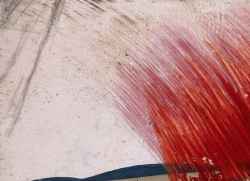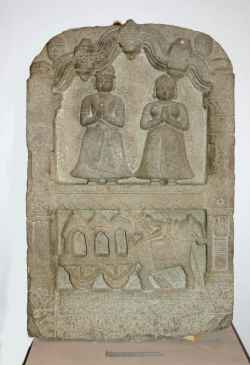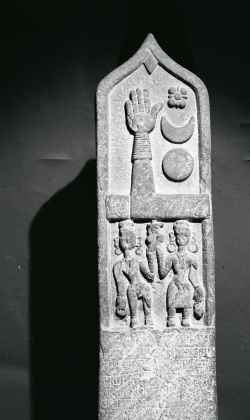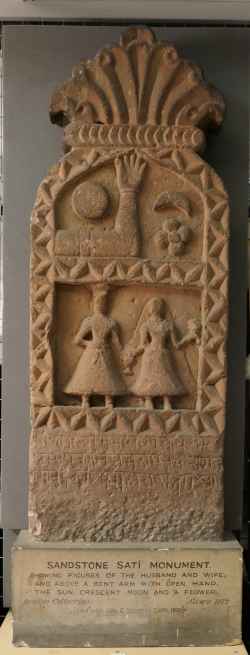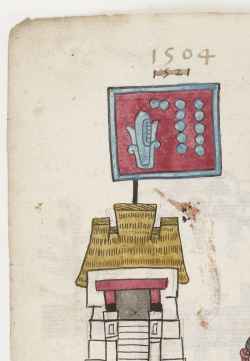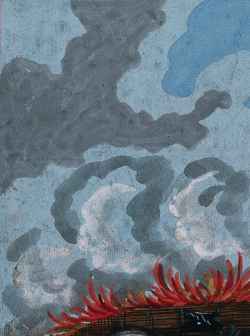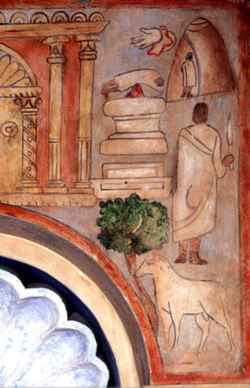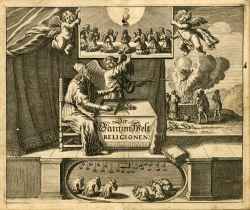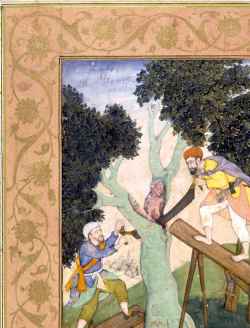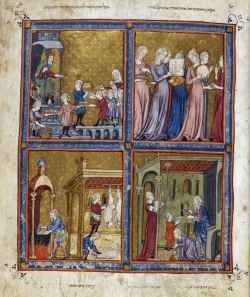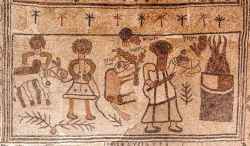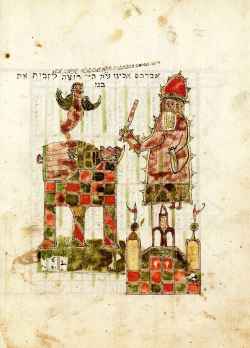Topic: 2. Sacrifice and religion: Comparisons, Antiquarians, Anthropology (16th-18th Century)
Religious sacrifices across various cultures and contexts sparked widespread interest in Early Modern Europe. As Christianity expanded into regions inhabited by "infidels" and "pagans", Europeans encountered a diverse array of sacrificial customs, ranging from the Sati rituals in India to the Aztec sacrifices in the Americas. This cross-cultural exposure captivated a wide audience, including theologians, philosophers, political thinkers, antiquarians, orientalists, missionaries, poets, artists, and even the general public. These encounters broadened the European understanding of sacrifice and led to a critical reassessment of classical and biblical sacrificial rites. This section includes:
- Sources: A selection of early modern printed materials, which include descriptions of the Americas, Asia, and Africa, alongside antiquarian and philological studies on religious sacrifice in classical antiquity and beyond. It also presents early modern works of ethnological observations and the first attempts to compare different sacrificial practices in various traditions and contexts, laying the groundwork for disciplines like the history of religions and anthropology.
- Iconographic Representations: A rich collection of images from the 16th to 18th centuries, illustrating a range of sacrificial rituals and practices as seen in different cultural and geographical contexts.
- Related Bibliography: An extensive bibliography spanning scholarly works from the 19th to 21st centuries, providing contemporary analyses and interpretations of these early studies and observations.
Sati (suttee): a woman immolating herself on her husband's funeral pyre. Gouache painting on mica by an Indian artist. (1800-1899)
from: India
London, Wellcome Collection
Sati Stone (17th-18th)
from: India
Ferenc Hopp Museum of Asiatic Arts, Budapest
Sati Stone (18-19th)
from: Madhya Pradesh, India
Jahangir Mahal Museum
The Binding of Isaac (245)
from: Fresco in a mid-third Century Dura Europos Synagogue
Damascus National Museum
The clothing of the Jewish priests (1697)
from: Johannes Braun: Bigdê kohanîm. Id Est Vestitus Sacerdotum Hebraeorum, 2 Bde., Amsterdam: Abraham van Someren, 1697-1698
The divine messenger (Agnipurusha) rises from the sacrificial fire to bear vessel of celestial food by Nadim (1597- 1605)
from: The Ramayana
National Museum of Asian Art, Smithsonian Institution, Washington D.C.
The inspired Christian author surrounded by heresies and idolatrous sacrifices (1668)
from: Frontispiece of: Alexander Ross/Albert Reimer [Übers.]: Der gantzen Welt Religionen oder Beschreibung aller Gottes- und Götzendienste wie auch Ketzereyen in Asia, Africa, America und Europa, Amsterdam: Joach. Nosche, 1668
Universität Heidelberg
The martyrdom of the prophet Zakariya, who, taking refuge in a tree, was sawn in half by two men. (1605 - 1610)
from: This album of 104 folios known as the Clive Album
London, V&A Museum
The Martyrdom of Zakarîyâ (Zacharias), the father of John the Baptist, who is killed when the tree in which he is hiding is sawn in two (c. 1580)
from: Nīsābūrī, Abū Isḥāq Ibrāhīm ibn Manṣūr, Qisas al-Anbiyâ [Qazvin?]
The New York Public Library, Spencer Coll. Persian MS. 46, fol. 144
The preparation for the Passover festival: heep are slaughtered for Passover and a man purifies utensils in a cauldron over a fire (c. 1320)
from: Golden Haggadah (northern Spain)
London, British Library, Add 27210, fol. 15r
The Sacrifice of Isaac
from: Ancient mosaic pavement from the 6th century, Beit Alfa Synagogue
Beit Alfa Synagogue, Beit She'an (near to), Israel
The Sacrifice of Isaac (1627)
from: Sefer Evronot Manuscript (from Frankfurt am Main)
Hebrew Union College Library, ms. 901, fol. 32v

